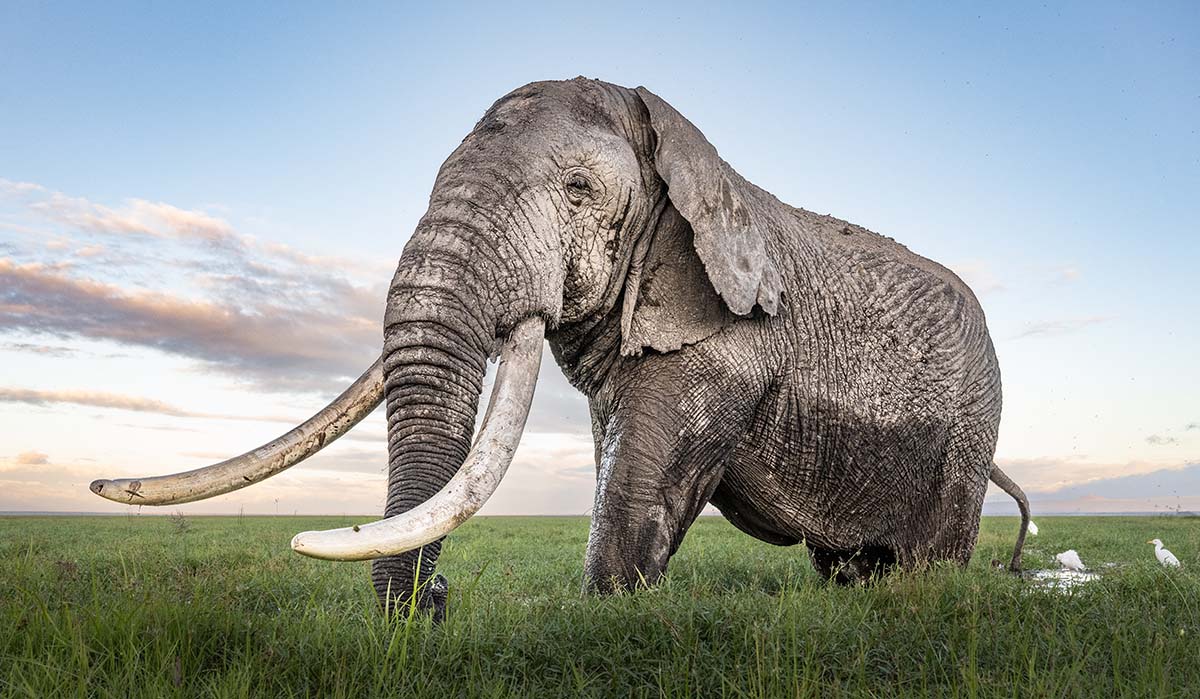
Meet Paolo, one of Africa’s biggest tuskers - each of his enormous tusks weigh more than 100 pounds. There are fewer than 50 such elephants left, anywhere, an estimated 9 of which live in the Amboseli ecosystem.
Born in November 1979, Paolo has survived two poaching crises, endured numerous droughts, and seen dramatic changes to the landscape he calls home.
He was one of more than 100 calves born during a baby boom from 1978-1980, following a severe drought. He started life in a family of 28, the ‘P’ family which was the largest and most successful elephant family in Amboseli at the time.
Another drought hit in 1984 when Paolo was still young, but his mother Pick helped him through. Males like Paolo typically leave their family groups around 14 years of age and on cue, Paolo ventured out on his own in 1993.
Poaching reared its head again in the early 2000s and a severe drought struck in 2008, killing his mother Pick among 400 other elephants. But Paolo hung on to become one of Amboseli’s giants, and at 44 years old is in the prime of his life.
But Paolo’s fifth decade may be his most challenging yet. Much of Paolo’s world is currently being divided into tiny, privately-owned land parcels. Fencing and agriculture threaten to transform the landscape, cutting off wildlife migratory corridors and grazing areas.
We can prevent this, by leasing critical areas of natural habitat directly from the new individual landowners. It’s simple: landowners agree not to fence or farm their land in return for an annual conservation lease payment. It’s a true ‘ecosystem service’ payment and a win-win scenario. But we can only do it with YOUR help. We need to secure 37K+ acres in the Nairrabala corridor, and each acre costs less than $10 per year to lease. Any amount helps, but the more you donate, the more area we can protect for elephants like Paolo to continue to move freely. Please help. Paolo can’t thank you, but we will.
[Paolo’s history thanks to our incredible partners at the Amboseli Trust for Elephants]Photo: James Lewin